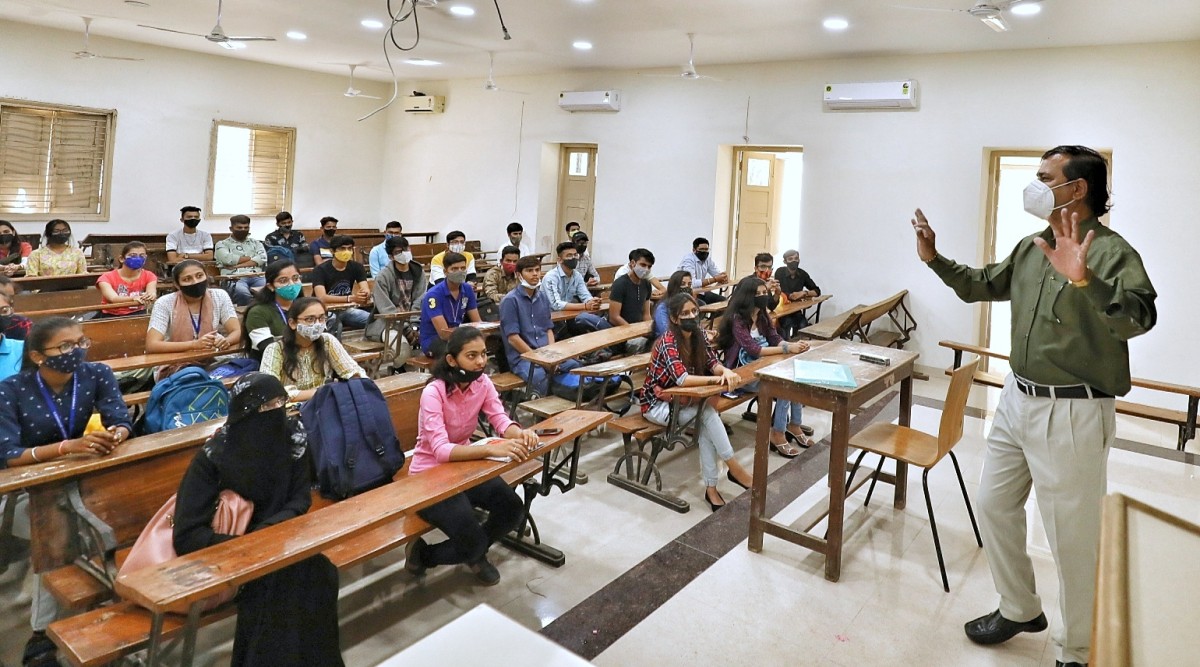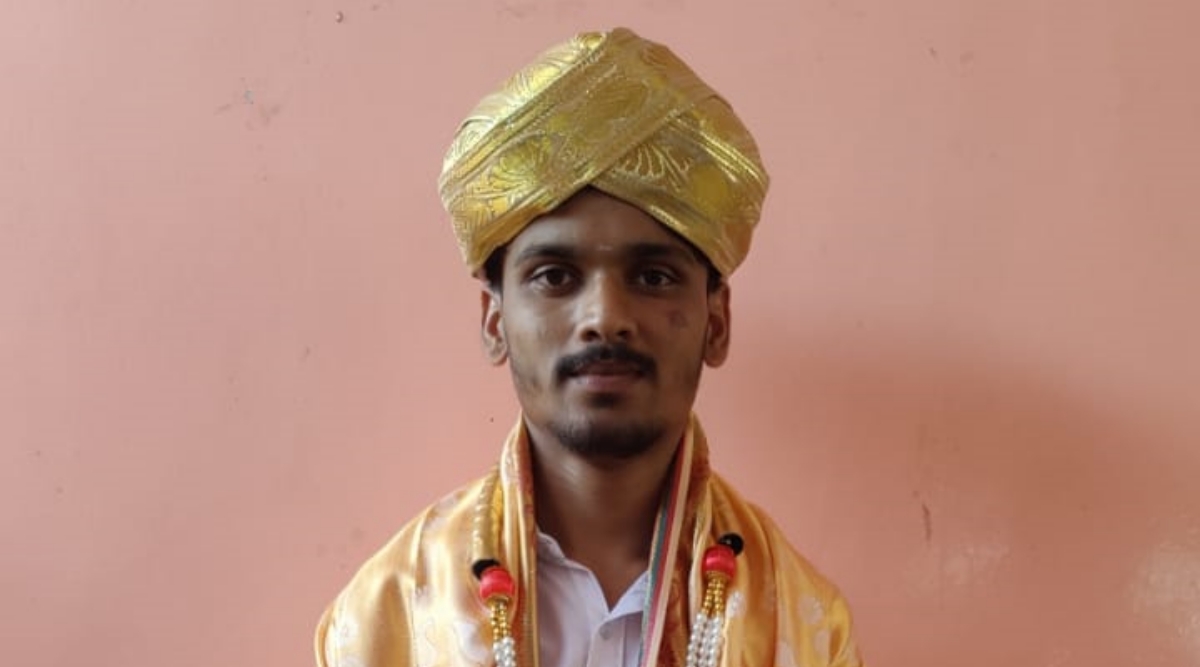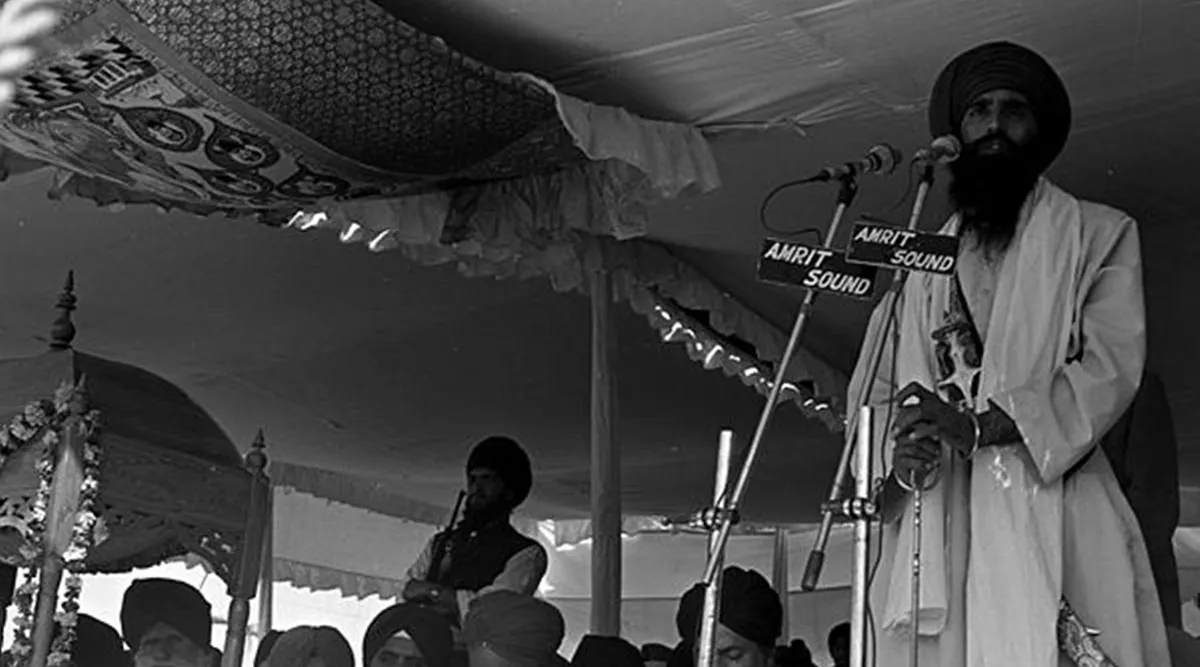In Maharashtra, medical education will soon be imparted in Marathi. The Maharashtra Medical Education Department has decided to make textbooks for the first two years of medical degree courses available in Marathi, said a senior official.
The officials said, at this stage, the plan is to offer optional reference textbooks, aiming at a smooth transition for students of Marathi medium schooling background. Decisions on whether Marathi can be used as a medium of instruction in medical courses will be taken in due course of time.
Confirming the decision, Dr Ashwini Joshi, Secretary, Medical Education Department, said, “The first phase of this plan will be to prepare Marathi textbooks for the first and second year of medical degree courses. These will be optional, reference textbooks, a facility for students coming from vernacular (Marathi) medium for better understanding of the texts. Experts from specific fields will work for perfect translations from English to Marathi textbooks. The translators will be a combination of language experts and doctors because the content must be verified by medical practitioners, especially focusing on terminologies used.”
Under the plan, these reference textbooks are expected to be ready when the next academic year begins.
When asked if there will be an option for students to appear for exams in Marathi, Dr Joshi said, “Currently, the plan is to prepare reference textbooks in Marathi. Other decisions will be made in the future.”
Maharashtra will be the fourth state in India to offer medical education in a regional language. In line with the New Education Policy (NEP) which has emphasised making higher education available in regional languages, Madhya Pradesh and Uttar Pradesh have announced starting medical education in Hindi. Whereas in Tamil Nadu, few medical education textbooks have been translated into Tamil to provide conceptual clarity and better understanding for students coming from Tamil medium schools.
The move, however, has received mixed reactions. Dr Praveen Shingare, former director of the Directorate of Medical Education and Research (DMER) in Maharashtra, said, “It is important to first analyse if this is required. Students wanting to pursue medical education are already mentally prepared for a change of medium of instruction; starting from preparing for the National Eligibility cum Entrance Test (NEET)”.
NEET is a single national-level entrance test for medical education.
Dr Shingare also pointed out that even if NEET is made available in vernacular, “Candidates opting for it in Marathi are very less and there is no record of them qualifying for a medical seat, eventually.” He welcomes the move but cautioned it should not be implemented in a haste.
Dr Shingare also pointed out that with a 15 per cent all-India quota in admissions, students from across the country are part of medical course classrooms. “And so, making Marathi, a medium of instruction will be a hindrance for those coming from other states. Just as it would be for students from Maharashtra taking admission in medical colleges in other states,” he added.
The principal of a government-run medical college, requesting anonymity, said, the move is “revolutionary but not directly for the higher education level.” “When schools offering Marathi medium education are closing, there are hardly any takers for medical education in Marathi. Offering higher education in regional languages should proceed gradually,” added the principal.
A teacher in a civic-run medical college in Mumbai said, “We must analyse if by doing so we are restricting our students. Reference textbooks to help students coming from Marathi medium schools is okay. But changing the medium of instruction will neither be feasible nor will it be beneficial for students.
!function(f,b,e,v,n,t,s)
{if(f.fbq)return;n=f.fbq=function(){n.callMethod?
n.callMethod.apply(n,arguments):n.queue.push(arguments)};
if(!f._fbq)f._fbq=n;n.push=n;n.loaded=!0;n.version=’2.0′;
n.queue=[];t=b.createElement(e);t.async=!0;
t.src=v;s=b.getElementsByTagName(e)[0];
s.parentNode.insertBefore(t,s)}(window, document,’script’,
‘https://connect.facebook.net/en_US/fbevents.js’);
fbq(‘init’, ‘444470064056909’);
fbq(‘track’, ‘PageView’);







